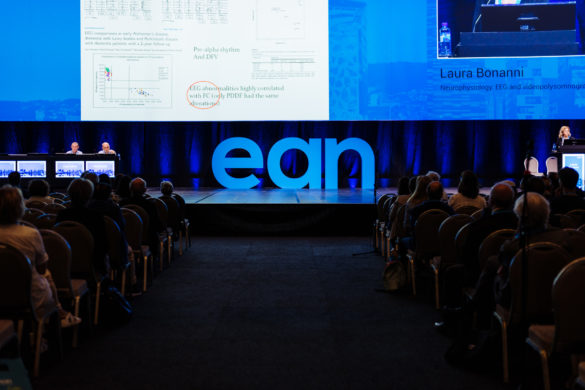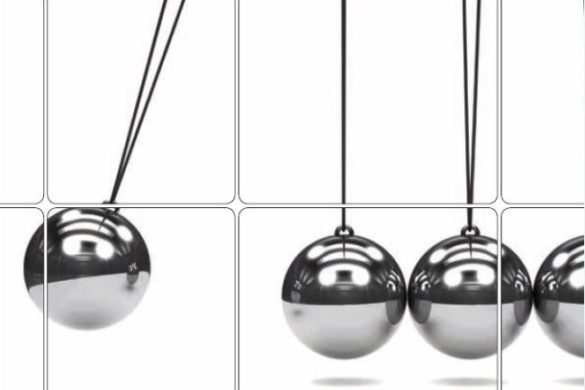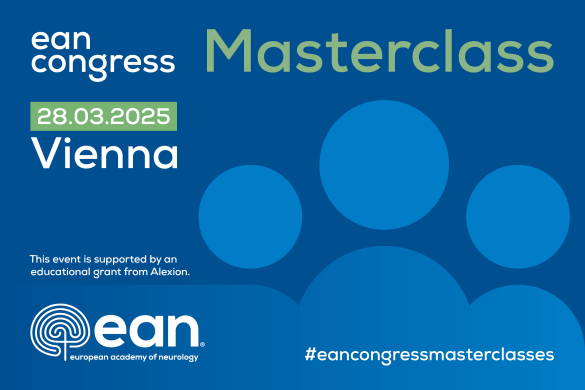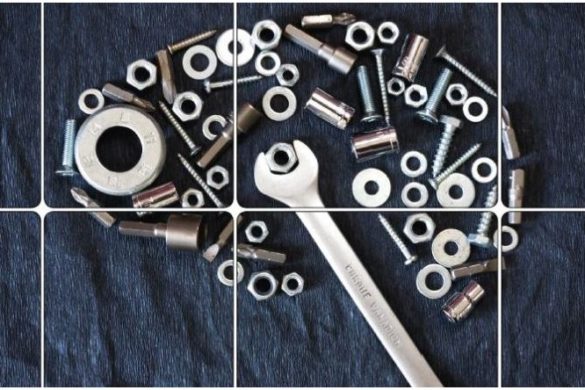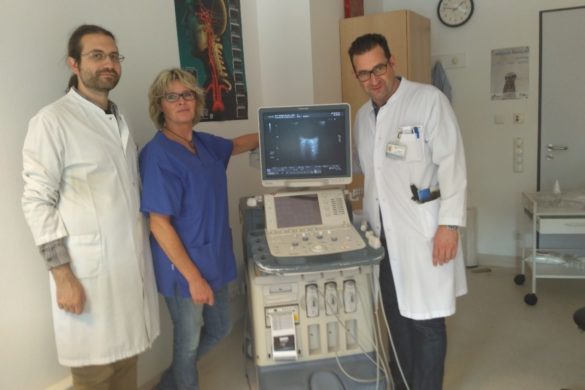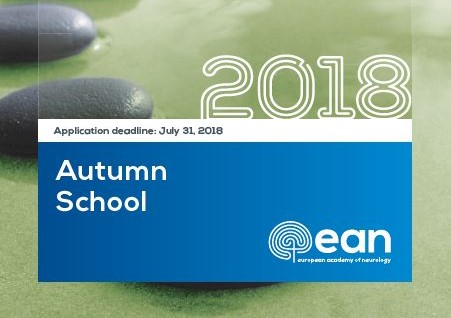Natalia Ardashirova, Moscow, Russia
Term of Fellowship: October – December 2022 (postponed from 2021)
Hosting department: Movement Disorders Unit, Neurological Department, Tel Aviv Sourasky Medical Center, Israel
Supervisor: Prof. Tanya Gurevich
First, I would like to thank the European Academy of Neurology for the opportunity to take part in this Clinical Fellowship and get this meaningful experience.
My mentor in this fellowship was Prof. Tanya Gurevich, and I want to express my gratitude for her thoughtful and caring mentorship. I also thank the heads of Tel Aviv Sourasky Medical Center and especially the Neurological Department. I received much more than expected from this fellowship.
The main activity of my fellowship was to attend outpatient clinical appointments for patients with movement disorders and neurodegenerative and neurogenetic diseases.
I noticed several differences in the clinical examination of patients with movement disorders, which were very useful for me. The new and exciting thing for me was the management of patients with Parkinson’s disease, which has its peculiarities in Israel compared to Russia, because of the great availability of tools for advanced stage management: levodopa intestinal gel pump, deep brain stimulation, apomorphine pump.
Clinicians also pay great attention to genetic cases of PD, because in the Israeli population genetic causes for PD occur quite often, especially in Ashkenazi Jews, and genetic testing is widely used and available for patients.
I also observed some challenging diagnostic cases, with high suspicion of CANVAS, FXTAS, mitochondrial disorders, and dopa-responsive dystonia. The interesting thing for me was also the long-lasting management of patients with neurogenetic diseases – the supportive treatment, the discussion of end-of-life decisions, reproductive plans, and prenatal genetic testing.
I also attended the gait lab, which is one of the best gait labs worldwide. It is very exciting because they have so many sensors, video recorders, and a sensory mat to assess the gait in every detail.
The great part of the clinical appointment was botulinum toxin therapy. I observed injections of botulinum toxin for dystonia, tics, and spasticity. Most of them were ultrasound-guided, and I would like to thank all the clinicians who clearly explained to me how to use the botulinum toxin atlas and to find the target muscles using ultrasound navigation.
One of the most exciting things was the nurses’ consultations. Nurses in Israel are very highly qualified and have more time than doctors to talk to patients about their conditions. They also set up DBS, perform apomorphine tests, and set up duodopa and apomorphine pumps. I would like to thank chief nurse Ariela for showing me the whole process and answering my numerous questions.
I was very impressed with the cooperative work of the multidisciplinary team. The physical therapist explained to me so many lifestyle recommendations that could be given to movement disorders patients to significantly improve their quality of life. Observation of the speech therapist’s work helped me to go deeper into swallowing problems, especially incorrect assessment, and management.
One of the highlights of the fellowship was the observation of the work of a neuroradiologist. During my work as a clinician, I have always looked at patients’ CTs and MRIs and have had some questions about what is normal and what is not, and how to assess subtle changes in images. All of them were resolved during these visits.
A great part of the movement disorders unit’s activities was associated with clinical investigations. I looked through exciting clinical trials protocols for patients with PD, MSA, and other movement disorders, and got closer to the organisation of the clinical trial process.
During my fellowship, I also participated in academic activities, performed by the Neurological Department – lectures and seminars, and councils on difficult clinical cases. I am also thankful for the opportunity to visit the Israeli neurological conference, which was in Haifa during my stay, as it was an opportunity to see the research activities that are being performed in the leading Israeli clinics.
Prof. Gurevich kindly offered to prepare a literature review on several non-motor symptoms of Parkinson’s disease, and it was my first experience preparing a review in English. Now it is being edited and hopefully will be released in one of the journals.
This fellowship meant a lot to me, and I am so thankful for the support of the EAN in this challenging time of my life for this opportunity.
Bogdan Ciopleias, Brasov, Romania
Term of Fellowship: September-October 2022
Hosting department: Medical University of Innsbruck, Department of Neurology- Stroke Unit, Innsbruck, Austria
Supervisor: Prof. Michael Knoflach
Firstly, I would like to express my gratitude to the EAN for giving me the opportunity to take part in the EAN Clinical Fellowship Programme. I am a neurologist at the County Clinic Hospital Brasov, Romania and I had the opportunity and pleasure to visit the Stroke Unit at the Medical University of Innsbruck, directed by Prof. Michael Knoflach, for a period of six weeks.
During my stay, I had the opportunity to learn a lot of valuable aspects about stroke care from one of the most important stroke centres in Europe. During my first days in Innsbruck, Prof. Knoflach gave me a tour of the hospital, showing me how the hospital is organised. We visited the Emergency Department, Neurology Outpatient Clinic and other departments of the hospital. My daily activity began by attending the morning meeting of the neurology department in which all the cases admitted during the call were analysed and explained. After that I attended the stroke unit morning meeting in which all the cases were discussed by the staff, planning future investigations and treatments. After the morning meeting we began the visit in which all the patients from the department were evaluated.
Every Monday I had the opportunity to participate at a multidisciplinary meeting in which endarterectomy cases were discussed by vascular surgeons, interventional neuroradiologists and neurologists. I also observed the admission of the patients with stroke in the emergency department as well as the diagnostic work up and had the luck to watch some cases of thrombolysis and thrombectomy. From the first day, I was included in all the clinical activities of the department, consisting of evaluation of the patients from the stroke unit, and had the opportunity to be involved in diagnostic procedures including neurosonology and carotid ultrasound evaluation. During my stay I learned how the Tirol Stroke Pathway was developed and how we can improve stroke care quality in my stroke centre. My visit provided me with my first encounter with an organised stroke unit in another European country, with new perspectives of the way of its function, and motivation for future clinical and research work.
Finally, I would like to express my gratitude to Prof. Knoflach, Prof. Brössner, Dr Nachbauer, Dr. Muller and to Florian and Tobias for all the valuable things that they taught me during my stay in Innsbruck, it was an amazing experience that will help me improve my skills in vascular neurology.




